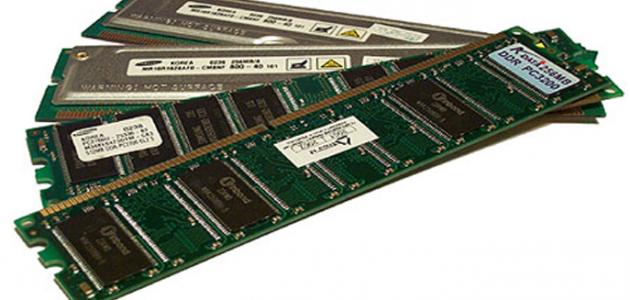Databases
The technological revolution that emerged at the end of the last century is considered one of the most important main drivers for the inflation of the volume of institutional information in all areas of work and various aspects. The increase in the emergence of different types of data is a reason for the increasing need to use various information records, and given the difficulty of dealing with the huge amount of this data in terms of research, classification, and keeping pace with technological development in the computerized digital field; Database technology has emerged to meet the needs of various processing operations on data in digital form.
Data is considered a raw material for obtaining the information necessary for decision-making, studying it, and following up on its implementation. This results from the nature of data formation. The data is a recording of observations, facts, and events in general frameworks such as: name, age, gender, nationality, job, product name, date of export, price, country of origin...etc. of these unrelated observations; When their size, types, and names increase within a unified institutional framework, they must be placed in a comprehensive crucible that allows them to be linked together in the form of useful, clear, and coherent information. Databases are known as logical tables interconnected with each other through logical relationships written in a specific programming language. Each table consists of a group of fields linked together in a logical way to facilitate the process of retrieving and requesting information from a database. Data via software commands.
Different data are linked and coordinated by placing them in a database whose structure varies depending on the content and type of data contained in it. The database consists of a common environment represented by the presence of at least one table consisting of at least one record consisting of at least one field, and the field is a space reserved for storing data in a computerized digital form. Databases consist of four basic components: data, equipment, and programs. , and users.
Read also:How do I know the size of the graphics card?Database types
Types of databases differ depending on the logical structure on which they are built. This is based on the type of data, the need for operations on it, and the type of interconnection required with other types of databases. It can be classified as follows:
- Operational databases: It stores data related to the company, such as employee and production data.
- User databases (in English: End User): It stores the usage information that the user needs.
- Centralized databases: It is the database located in the company's main computer center, and stores applications and advertising programs.
- Distributed databases: They are different databases distributed in different places and connected to each other to facilitate the process of accessing and retrieving data.
- Personal databases: It is located on personal computers and contains information of a specific number of users.
- Commercial databases: It is a special type for commercial projects, which contains data and information specific to the commercial project for which it was created.
The importance of databases
Databases are of great importance in various businesses, and their importance is evident in many points, including:
- Databases greatly help speed up the process of accessing the data they contain. Instead of searching here and there, the necessary data is collected so as to facilitate the process of accessing and processing them or employing them in different businesses in the future.
- Databases greatly facilitate the process of modifying this data in the future, and greatly facilitate the process of making the necessary updates, in addition to facilitating addition or deletion operations.
- Databases help answer any question or inquiry directly related to the data that has been saved and stored within these databases, at any time.
- It helps to coordinate and group huge data in a hierarchical manner to facilitate its management and retrieval.
- The ability to deal with a large amount of data.
- Providing quick and easy access to data through specific reference points.
- Working within a collaborative work environment through networking.
- Provide adequate protection for data from damage.
- The possibility of dealing with it during technical problems to repair the damage caused to it.
- Providing sufficient flexibility to deal with data fields in terms of size and type.
Database Administrator Jobs
The database manager (in English: Database Administrator) is responsible for managing the database completely and in all aspects. One of the responsibilities of the database manager is to determine the complete vision of the database design, ensure the integrity of the data contained in the database, and be responsible for all systems necessary to maintain On the database against electronic attacks, taking a backup copy of the database to ensure that it is not lost when it is exposed to an accident, and working on its continuous maintenance.
Read also:History of the development of computer networksDatabases are considered one of the most important reasons for the progress of any technical society that plans to build a prosperous future based on scientific and technical foundations, especially in an era controlled by many variables that are based on data of great importance. In order for databases to have a tangible role in daily life and to know the extent of their importance, it is necessary to Systems are built that provide important data in the daily workflow, whether in a government agency or a private facility, where each employee has his own record, and this record consists of several fields such as: his number, name, appointment date, salary, management, and other information. of the employee.
Read also:Network controlAll this huge data is also dealt with through a special data search engine to serve the operations of searching, modifying, deleting, adding, retrieving, etc. in an easy way. In order for all of this to be completed successfully, these bases must have a sound infrastructure and, most importantly of all, technical expertise from the capable human element. Building, maintaining and managing databases on an ongoing basis is one of the tasks of the database administrator (DBA). This expertise also plays a major role in designing databases in a way that makes them easy to deal with by the user and quickly access the required information.









